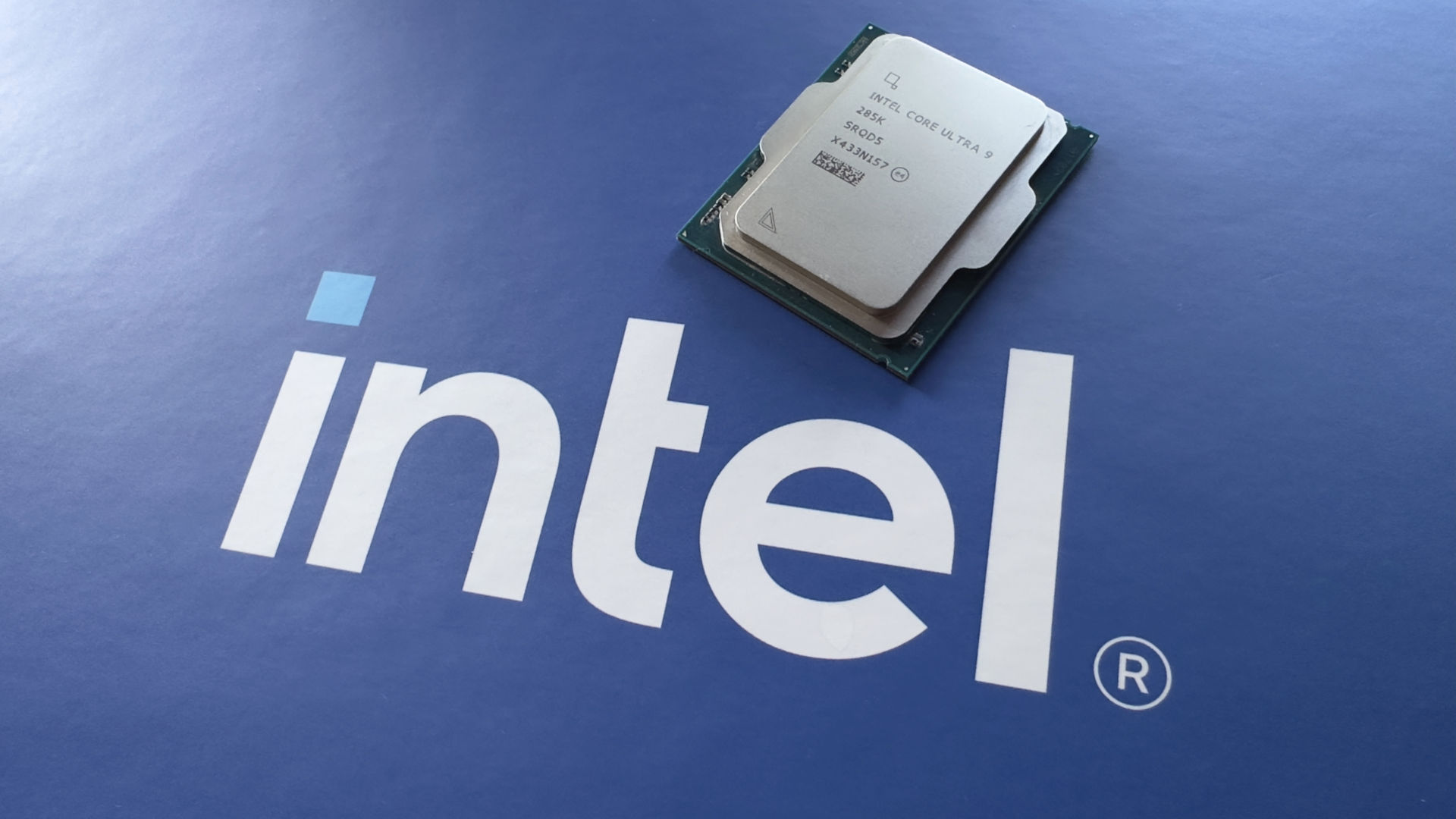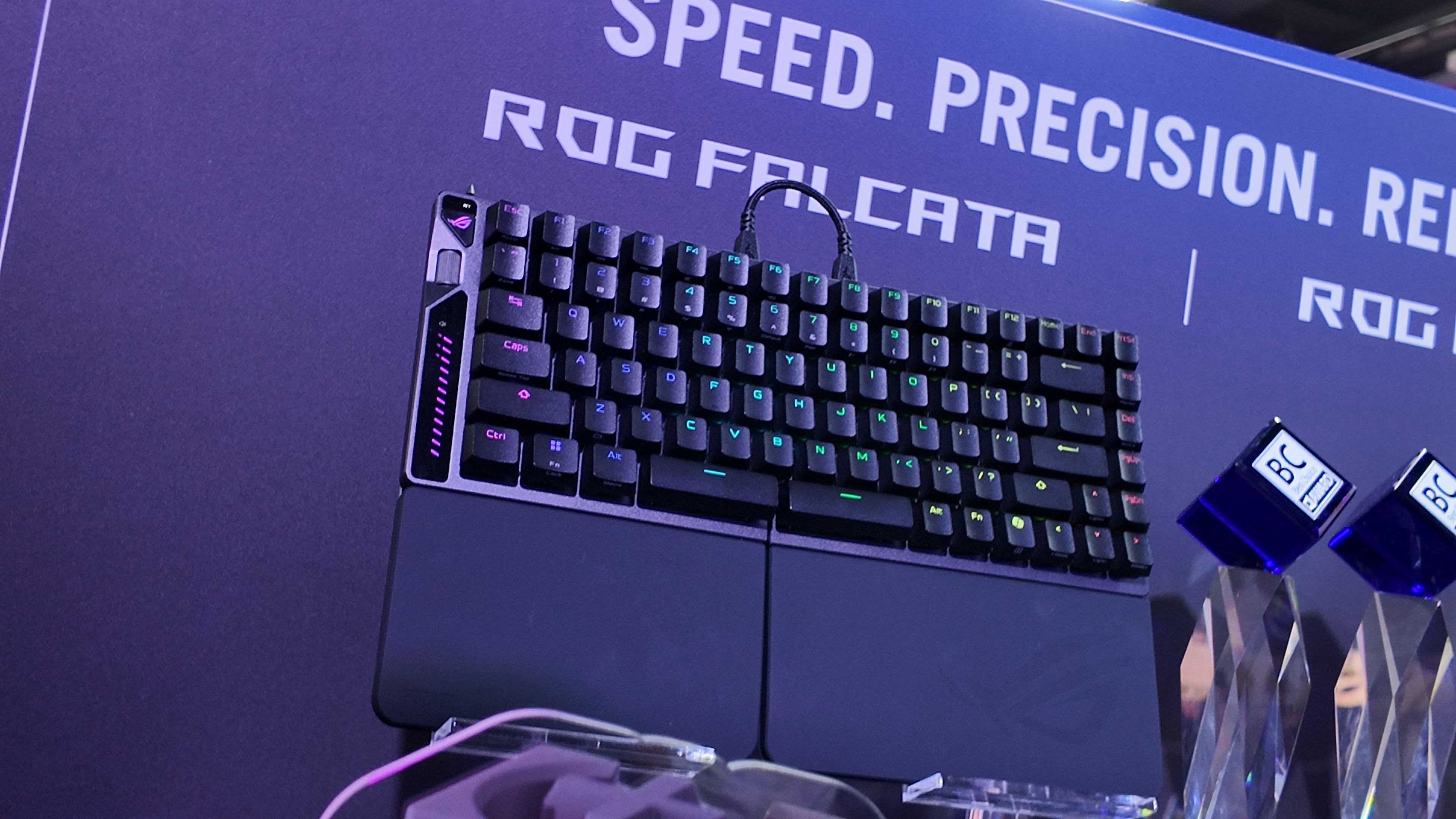
It's retro rig rumble in the silicon jungle, round two
1. The mission
2. The hardware
3. The games
3. But can it run Crysis 3?
4. Slaying demons in Doom
5. Being a knight in Kingdom Come Deliverance
6. Taking on Typhons in Prey
7. Stealing treasures in Thief
8. Staking vampires in Skyrim: Special Edition
9. Getting augmented in Deus Ex Mankind Divided
10. Conclusion
Last year I wrote about my PC gaming journey of finding an old graphics card of mine in my attic and then using it, in a rebuilt rig with mostly period-accurate hardware, to run a series of PC games including The Witcher 3: Wild Hunt, GTA 5 and Metro Exodus, that I was playing at the time on my main, modern, RTX 3090 Ti-powered rig.
The pitch was a simple one: Just how far could the Sapphire ATI Radeon HD 5970 4GB dual-GPU graphics card, the most powerful graphics card in the world back in 2009, go to deliver some sort of PC gaming experience in 2023? It was more of a casual, non-serious experiment than anything else, just me tinkering around with old components, but it ended up being one where the results actually surprised me. The HD 5970 4GB, in the rig from 2009, still had plenty to offer it turns out.
However, at the end of that piece, I said that I wasn’t done with the HD 5970 4GB just yet, and promised a rematch for the card, which had finally been brought down not by its own hardware, but by software/architecture limitations, such as its lack of DirectX 12 support, as well as AMD ceasing to support it with drivers in 2015.
The mission
Fast-forward to 2024 and the rig is back for round two. The mission, as before, is to see just what sort of PC gaming experience it can deliver in a series of games that I’ve played, at some point or other, over the past couple of years on my main machine. And to do so with a special emphasis on running PC games that were released after the rig was originally put together back in 2009. Just how far into the future, from 2009’s perspective, can this hardware go while still delivering a decent gaming experience?
And, when I say decent, my loose definition of that is ‘can the game run at a HD or FHD resolution at generally 30fps or higher’, which I feel most gamers can agree is the lowest limit any game should really be run at today in 2024. Providing it can do that, then I’ll turn on as many graphical options as possible while trying to maintain that baseline performance. But, to be clear, I am not judging this rig by the same high standards that I judge modern hardware, where FHD/30fps would not be considered sufficiently good performance. I’m judging it far more by 2009’s standards, which would consider FHD/30fps to be perfectly acceptable.
The AMD ATI Radeon HD 5970 4GB is the graphical power behind this retro rig. (Image credit: AMD)
The hardware
This time around we’re dialing things up to 11 with two key changes to the setup. Firstly, the Intel Core i7 920 has been upgraded to the Intel Core i7 Extreme 975, which is still period-accurate to 2009 but injects the system with a little more processing power. That means the system is now running an Intel Core i7 Extreme 975, the Sapphire ATI Radeon HD 5970 4GB, and 16GB of Corsair DDR3 RAM running dual-channel at 1333Mhz. This combination is 100 per cent period-accurate, hardware-wise, to 2009, when I originally built this rig. The setup is then finished off with a not-period-accurate SSD and PSU, but these are minor considerations in overall performance delivery. Both of these components also came from my attic, and date from somewhere in the mid-2010s.
Secondly, from the software side, I’ve now fired up MSI Afterburner to do some good old-fashioned overclocking on the HD 5970 4GB. I wanted to try to squeeze as much performance as possible out of this former champ, while naturally maintaining stability. To do this I stepped up the clocks until the card was running at 940Mhz on the core and 1240Mhz on the memory, which was as high as the GPU would go while remaining stable in this air-cooled system. Finally, from a software standpoint, as I mentioned last time, this rig is running Windows 10 as, first of all, Windows Vista should always remain in Silicon Hell and, second, I wanted to enable maximum compatibility with games released after 2009. Windows 10, being based heavily on Windows 7 but also being compatible with all modern gaming clients, allows that.
The games
Having discovered the final, unsurpassable limitations of the HD 5970 4GB in my last outing, namely that the card is not DirectX 12 compatible, that meant I needed to ensure that any game I put onto the system was not a DirectX 12 exclusive. If the game needed DirectX 12 to run, such as Cyberpunk 2077, for example, then it wasn’t going to run on this rig. My Steam library, though, yielded a selection of games that I felt the HD 5970 4GB could take a swing at that I’d played on my main rig at some point over the past few years, including: the Bethesda Doom reboot, Kingdom Come: Deliverance, Prey, Deus Ex: Mankind Divided, Skyrim: Special Edition, Thief, and Crysis 3.
What follows are my findings running these games. I’ve created a video for each one that shows performance. As I noted last time, capture for these games all happened via OBS running on the actual retro system itself, and footage is captured in HD.
But can it run Crysis 3?
Last time out, I started testing the rig running Crysis, the famous hardware crusher from the late 2000s, and the results on this Radeon HD 5970 4GB-powered rig were excellent. But could it run Crysis 3? Released 4 years after the rig’s hardware, would the Cyberpunk 2077 of its day be too much for the former PC gaming champ? As can be seen from the video above, yes, the retro rig could indeed run Crysis 3 and, what’s more, could do so with plenty of graphical bells and whistles turned on, too. This was likely no doubt helped by the game being released while the graphics card was still being officially supported in terms of driver releases.
Slaying demons in Doom
Released 7 years after the rig’s hardware, which was also outside of the graphics card’s official driver compatibility lifespan, I wasn’t expecting Bethesda’s reboot of Doom to run on the retro 2009 rig. And, even if it did, I was expecting sub-20fps performance. As the video shows, though, the ATI HD 5970 4GB-powered system refused to be beaten, delivering a playable framerate at a HD resolution. Most graphical settings are set on low or medium, sure, but there’s no doubt that this is a big win for the system.
Being a knight in Kingdom Come: Deliverance
Released 9 years after the rig’s hardware, going on a decade later, and many, many years outside of the GPU’s official driver compatibility lifespan, the 2018 medieval RPG Kingdom Come: Deliverance was surely going to be game over for the retro rig, right? I had concerns not just about the system’s graphical power, but also its processing power, too, as Deliverance was a famously demanding and buggy game on release. Surely a PC gaming machine built almost a decade before the game’s release would stand no chance? I was wrong again. At a HD resolution and with most graphical settings set to low or medium, Kingdom Come: Deliverance was perfectly playable on the rig. What a result!
Taking on Typhons in Prey
Arkane’s sci-fi masterpiece and, to many PC gamers, spiritual successor to Half-Life 2, Prey was a game where, once again, I thought it would be a game over for the rig, as not only did the game release going on a decade after it was built, but also it was well outside of the official GPU’s driver compatibility lifespan. Released 8 years after the rig’s hardware, Prey did indeed prove to be a tough rival, too, but as you can see from the video, taking on Typhons was something still somehow definitely in the 2009 rig’s wheelhouse. Once more the rig was reduced to outputting the game at a HD resolution and nothing more, but at that res I could get most settings to medium, with a few performance hogs kept off or at low.
Stealing treasures in Thief
Thief was the game that I thought the retro system would have the best chance of running well, as it was released 5 years after the rig’s hardware and also within the GPU’s driver compatibility lifespan. I was concerned that the shadow tech in the game might be a sticking point, though, as too the much-wanted and atmospheric lighting effects. At FHD the system really struggled, posting a 28fps average with all settings turned to low in the in-game benchmark, but with the res dropped to HD, then suddenly the game came alive on the hardware, with smooth framerates well north of 30fps and most in-game options on medium or even high. As I hope you will agree after watching the video: very, very playable.
Staking vampires in Skyrim: Special Edition
I definitely thought the rig would run Skyrim: Special Edition, as after all at its core is the 2011 original game, which hit store shelves just two years after the rig’s hardware was released. However, Skyrim: Special Edition was released in 2016, which is 7 years after the rig’s hardware, and I did wonder if some of the graphical upgrades that Bethesda made to the game for this version would cause problems for the system, which had stopped being officially supported with driver updates in 2015. After doing a good deal of .ini optimisation, though, and dropping landscape, object and foilage draw distances down, I got the game running really nicely, god rays-enabled and everything. Check out the video for proof. 100 per cent playable.
Getting augmented in Deus Ex: Mankind Divided
Released in 2016, Deus Ex: Mankind Divided was famously not very well optimised and, as such, very demanding for the hardware of the day. 7 years on from the rig’s core hardware release date, and also outside the official driver compatibility window for the GPU, I didn’t have high hopes. And, being candid, it was really tough juggling the in-game options here to get a playable framerate. We’re down to HD resolution again and almost all settings are on low. We’ve got limited anti-aliasing, too, or any other fancy graphic effects. I’d say the game is definitely playable, but some pretty big sacrifices have had to be made to get there.
(Image credit: Zeekerss)
Conclusion
Overall, then, I’ve once more been impressed at just what this system is still capable of in 2024. Yes, the system is not capable of playing DirectX 12 games, and as such we’re in the main time-limited to around the late 2010s to very early 2020s in what games it can run. However, with some good old-fashioned overclocking, plenty of elbow grease when it comes around to customising graphical settings, and also a few dark arts in terms of tweaking .ini files and the like, this 2009 rig is capable of playing games that were released long after it’s hardware was. And for that, the whole system needs a serious hat tip.
However, as I noted in our last retro rig rumble, the real kudos needs to be given to the former world GPU champion, the ATI Radeon HD 5970 4GB, which just refuses to lie down when fighting any game up to those that require DirectX 12. It’s a card that was so well built, and so powerful back in 2009, that it could just keep going and going, staying competitive for years after. Indeed, my one regret now is that past Rob almost certainly moved on from this GPU far too soon, no doubt lured in by the shiny newness of Nvidia in the early 2010s. It’s obvious to me now that I could have used this card for far longer than I originally did.
Finally, as I said before, in conducting this experiment it has become very clear to me that the thing that will cause any hardware to age most is not its core hardware. Yes, sure, that will age, but what will likely age quicker is the software support for it, or the architectural requirements of a new generation of games.
Oh, and one more thing, I’m not done with this retro rig just yet. The final part of this experiment, which I will follow-up with in another feature, is to try to run as many games released in the past 4 years as possible (since 2020). Yes, sure, these games won’t likely be big-budget AAA releases, because as I’ve said, this system can’t do DirectX 12, but what I want to see just how many really modern games, such as the PC’s current raft of awesome indie releases, this system can still handle. And, if it can, then that truly will be its crowning achievement, and a fitting swansong for this 15-year-old gaming PC.






